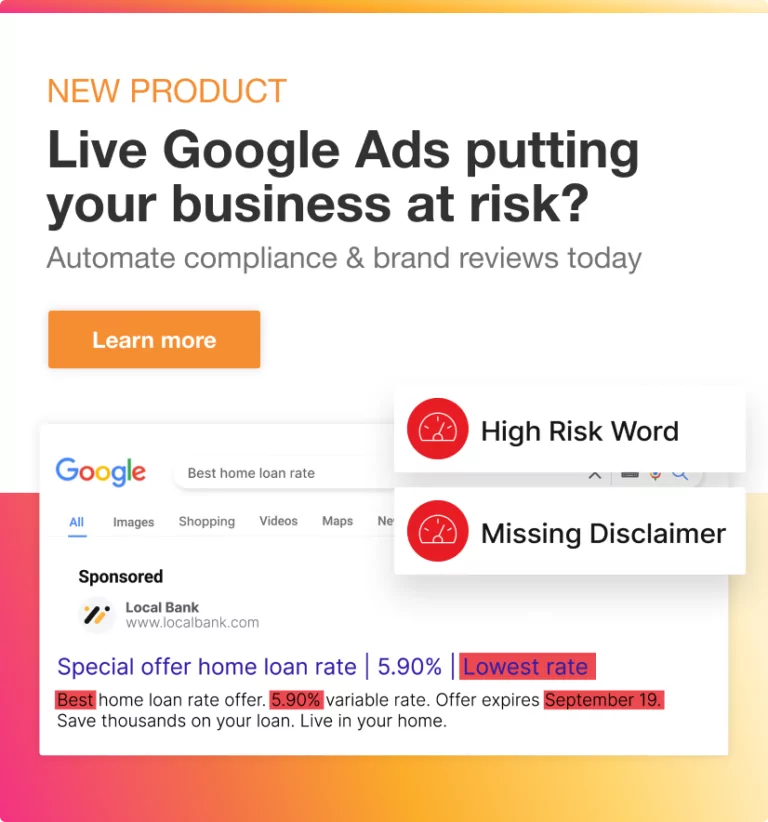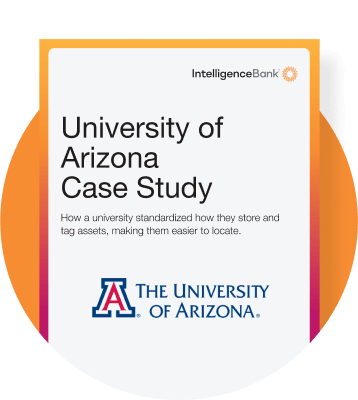Good advertising is persuasive – not deceptive. While there’s always been examples of overreach in the industry, in recent years, there’s been an increase in companies pulled up for misleading or flat-out false advertising claims. And they’re not just getting their hand slapped. The penalties imposed by regulators have been nothing short of jaw-dropping.
Along with covering seven false advertising examples, we take a look at what constitutes deceptive advertising, opinions about why it occurs and advice on how to prevent the same thing happening to your brand.
But before we go on, it’s important to note that companies in the main do not set out to actively deceive consumers. Well, sometimes they do, but a healthy portion of advertisers pursued by regulatory authorities for breaches did so unwittingly. For those that are not intentionally setting out to flout the law, there are plenty of preventative measures you can take.

What Makes an Ad False or Misleading?
Advertising that makes false or exaggerated statements about a product’s capabilities or benefits.
Advertising a product at a low price to attract customers, then pushing a more expensive product once they are in the store.
Not disclosing additional costs that consumers will incur after the initial purchase.
Using endorsements or testimonials from people who have not used the product or were paid to give positive feedback without disclosure.
Falsely claiming that a product is made in a certain country or region to imply superior quality.
Displaying incorrect or inflated prices to make discounts seem larger than they are.
Leaving out important information that could influence a consumer’s decision.
Using images or videos that misrepresent the actual product.
Making unfounded or exaggerated claims about the scientific or technical benefits of a product.
How is False Advertising Policed?
Government regulators have the authority to investigate and take action against advertisers who violate advertising laws and standards. This can include fines, mandatory corrections, suspensions and legal action to ensure consumer protection and fair competition in the marketplace.
Competitors keep a close watch on each other’s advertising. If a company believes that a competitor is engaging in false advertising that gives them an unfair advantage, they can report this to regulatory authorities. This is done to maintain a level playing field and ensure that all businesses compete fairly based on truthful information. Such reports can trigger investigations and potential penalties for the offending party.
Consumers play a crucial role in policing false advertising. When people feel misled or deceived by an ad, they can file complaints with consumer protection agencies or regulatory bodies. These agencies take them seriously as they are direct indicators of potential harm caused by misleading ads. Consumer reports can lead to investigations, corrective actions, and sometimes even changes in advertising regulations to better protect the public.
In some industries (such as pharmaceutical and finance), companies are compelled to self-report any advertising compliance errors. This self-regulation helps maintain transparency and trust within the industry and ensures that companies take responsibility for their mistakes. Self-reporting can lead to internal reviews, corrective measures, and potentially reduced penalties from regulatory authorities. It demonstrates a proactive approach to compliance and a commitment to ethical advertising practices.
What are the Penalties for False Advertising?
We’ll get into some hair raising specifics in our seven examples further on, but the overall nature of penalties fall into categories such as:
Regulatory authorities and other similar bodies worldwide impose substantial fines on companies found guilty of false advertising. These fines can range from thousands to millions of dollars, depending on the severity and scale of the deceptive practices. Quite often big brands can expect big fines as size and resources are key considerations in some jurisdictions. For example, in 2019, the FTC fined Facebook $5 billion for misleading privacy claims, which, while not directly about product advertising, set a precedent for significant penalties in the realm of misleading communications.
Companies may be required to issue corrective ads to rectify the misleading information previously disseminated. This form of penalty ensures that the public is made aware of the truth and helps to mitigate the damage caused by the false claims. Corrective advertising can include public apologies, retractions, and dissemination of accurate information about the product or service in question.
Revocation of Business Licenses
For particularly egregious cases of false advertising, authorities may revoke or suspend a company’s business license. This penalty effectively shuts down the company’s operations until they can prove compliance with legal standards. Revocation of a business license is a severe measure that underscores the importance of truthful advertising in maintaining consumer trust and market fairness.
Consumers who’ve been misled by false advertising can band together to file class action lawsuits against the offending company. These lawsuits can lead to significant financial compensation for the affected consumers and further punitive damages against the company.
Damage to Reputation and Consumer Trust
Beyond legal and financial penalties, companies found guilty of false advertising often suffer significant damage to their reputation and consumer trust. The negative publicity associated with deceptive or misleading practices can lead to a loss of customers, a decline in sales, and long-term brand damage. Rebuilding trust can be a lengthy and costly process, often requiring extensive public relations efforts and changes in corporate policies.
Suspensions and Fines for Key Personnel
As well as corporate penalties, company directors and executives involved in the false advertising can face individual consequences. Regulatory bodies impose fines and other sanctions where personnel knowingly approve misleading ads.
These penalties highlight the importance of maintaining honesty and transparency in advertising. As we delve into the specific cases, we’ll see how these types of penalties have been applied in real-world scenarios.
Why has there been an Increase in False Advertising Claims?
Frankly, we are not surprised false advertising errors are being detected. Marketers are increasingly tasked with producing more content in less time, often juggling multiple communication channels such as Slack and lengthy email chains in the process. The pressure to meet tight deadlines can lead to teams cutting corners and going live with material that has not gone through proper approval protocols. It is frighteningly easy for a small detail to fall through the cracks and result in big consequences.
Regulatory bodies chose to hone in and go hard on specific areas. For example, the FTC has targeted advertising in the health sector and those directed at teens. In 2023, the FTC issued guidance on “blurred advertising,” where advertising content is blended with non-advertising content, potentially confusing kids and teens about its nature and purpose. It also issued warning notices to nearly 700 advertisers in the health sector warning them of the consequences of false or misleading activity.
Fewer compliance breaches are going undetected as regulatory bodies use AI to find them. With the increase in digital ad spend, regulators’ ability to scrutinize ads at scale means being caught is now a matter of ‘when’ not ‘if’.
Australia’s consumer watchdog the ACCC suggests that over 80% of social media influencers are posting misleading claims. Marketers need to be aware of the tightened rules on transparency between brand partners and online influencers. Those in the UK and Europe need to be mindful they are responsible for all social media activities including those by third parties.
The introduction of new products and services, creating entirely new categories, has led to significant amendments to legislation. Regulations are continually updated, and not all team members may be keeping up with these changes, leading to unintentional non-compliance.
7 False Advertising Examples
1. TurboTax Misuse of the word “Free”
Overview
The Federal Trade Commission (FTC) found that Intuit, the maker of TurboTax, engaged in deceptive advertising by misleading consumers about its “free” tax-filing services. The ads suggested that TurboTax was free for everyone, but many users discovered they did not qualify and were upgraded to paid versions.
Impact
Millions of Americans were misled into paying for tax preparation services they believed would be free, leading to significant financial outlay. The deceptive advertising campaign caused substantial consumer distrust and scrutiny of Intuit’s business practices.
The FTC issued a cease-and-desist order requiring Intuit to stop its deceptive advertising practices and provide clear disclosures about who qualifies for the free service. The company also agreed to pay $141 million to customers across the U.S. as part of a settlement with the attorneys general of all 50 states. This settlement addressed similar complaints related to its purportedly free tax-filing services. Although the FTC order did not include a monetary penalty, the settlement with the states required significant restitution to affected consumers.
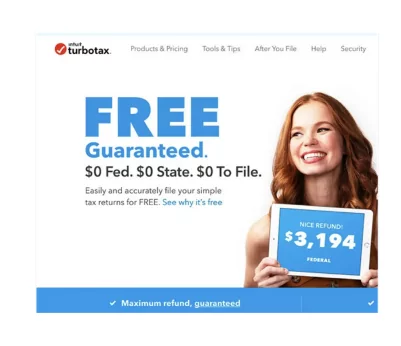
2. Kubota – Origin Labelling Claims
Kubota North America, a prominent tractor maker, was found to have falsely labeled thousands of replacement parts for its trailers and agricultural products as “Made in USA” since at least 2021. Despite these parts being manufactured entirely overseas, Kubota continued to label them with misleading “Made in USA” claims.
Consumers were misled into believing that they were purchasing products that supported American manufacturing, when in fact, the parts were imported. This deceptive labelling could influence purchasing decisions based on false perceptions of supporting domestic industries.
The Federal Trade Commission (FTC) took action against Kubota, resulting in a stipulated court order. Kubota agreed to cease making unqualified “Made in USA” claims unless the final assembly or significant processing occurs in the United States, and all or virtually all ingredients or components are sourced domestically. Additionally, Kubota agreed to pay a civil penalty of $2 million, the largest ever assessed for violating the Made in USA Labelling Rule.
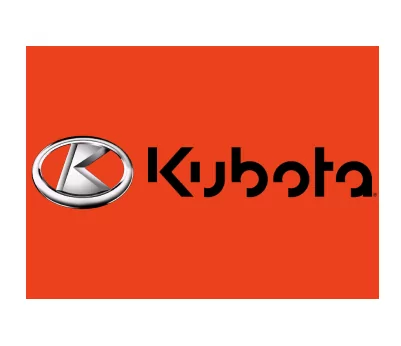
3. Qantas – Ticket Scandal
Qantas Airways Limited admitted to misleading consumers by advertising tickets for flights it had already decided to cancel and failing to promptly notify ticket holders of cancellations. This occurred over a period from May 2021 to August 2023, impacting tens of thousands of flights.
The misleading conduct severely affected consumers who made travel plans based on false flight availability information. Many customers had their holiday, business, and travel plans disrupted, leading to inconvenience and financial losses. Qantas also faced significant reputational damage and regulatory scrutiny.
Qantas agreed to a court-enforceable undertaking with the Australian Competitor and Consumer Commission (ACCC), agreeing to pay approximately $20 million to over 86,000 affected customers. This includes payments of $225 to domestic ticket holders and $450 to international ticket holders, on top of any refunds or alternative flight arrangements already provided. Qantas also committed to notifying customers promptly of flight cancellations and ceased selling canceled flights within 24 hours of the decision to cancel. Additionally, Qantas will pay a proposed penalty of $100 million, pending court approval, as a deterrent against future misconduct. They will also enhance their compliance program and undergo independent audits to ensure adherence to consumer protection laws.
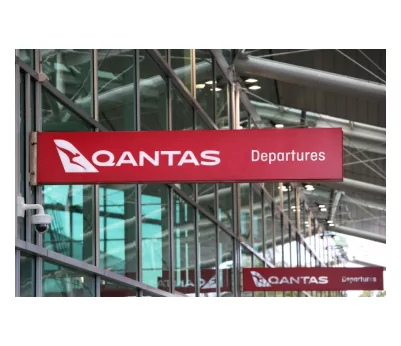
4. H&M Greenwashing
Fast-fashion retailer H&M was exposed for misleading customers through a scorecard system that falsely portrayed the environmental benefits of its products.
As consumers were misled about the sustainability of the products they purchasedH&M faced backlash from consumers and environmental groups, resulting in the obliteration of trust among its environmentally conscious customers.
H&M removed the misleading scorecards and the trade group responsible for them, the Sustainable Apparel Coalition (SAC), paused their use to reassess their methodology in response to a complaint by the Norwegian Consumer Authority. H&M donated $500,000 to causes linked to sustainability in the fashion industry in lieu of further sanctions.
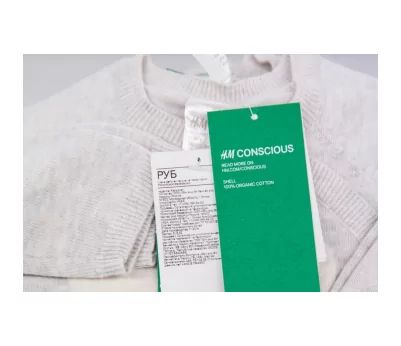
5. Airborn – Unsubstantiated Claims
Airborne, a dietary supplement brand, marketed its products for years with claims that they could “ward off” germs and boost the immune system. However, these claims were not supported by any scientific studies conducted by the brand.
Consumers were misled into believing that Airborne supplements provided health benefits that were not substantiated. This could lead to consumers purchasing the product under false pretenses, expecting immune-boosting effects that were not scientifically validated.
The Center for Science in the Public Interest took legal action against Airborne for false advertising. In response, Airborne settled a class-action lawsuit by paying over $23 million to affected consumers. This settlement underscored the brand’s obligation to substantiate health claims with scientific evidence, highlighting the consequences of making misleading health statements in advertising. Consumers were advised to scrutinize product claims carefully and seek unbiased research to verify effectiveness before making purchasing decisions.

6. Huel – Unsupported Health & Finance Claims
The UK’s Advertising Standards Authority (ASA) called ads for Huel meal replacement brand “irresponsible and misleading”. The ASA claimed the company’s paid social media ads promoted its shakes as cheaper and healthier than a traditional diet. Huel claimed the product had “all the nutrients” consumers need in one meal and encouraged them to “embrace processed food and meal replacements” stating that its product is a great example of processed food that can help people save money on “daily bread” bills.
Impact
The ASA found the ads by Huel were particularly concerning during a time of economic difficulty, with rising food and energy costs. The ASA determined that the claims could mislead consumers, especially given the financial backdrop of increasing inflation.
The ASA ruled that Huel’s ads must not appear again in their current form. It instructed the company to ensure that future ads do not make general health claims unless they were backed by specific, authorized health claims. Huel responded by pulling the ads and removing the related article from its website, acknowledging the importance of adhering to advertising standards and reaffirming its commitment to providing affordable, nutritious products.
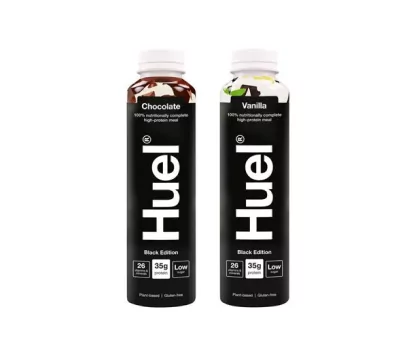
7. Eukanuba – Flawed Research
Overview
The FTC took action against Mars Petcare for advertising claims made by it’s Eukanuba brand. The ads quoted research conducted by Eukanuba with dogs Bunny, Utah, Georgia, Clown, and Iowa who were fed the brand’s food over 10 years. The advertising claimed the dogs were “living 30% longer” than their typical life span going on to further claim that each was “living an exceptionally long life and still full of vitality” even at age 16 or 17.” The FTC argued based on the research methodology Mars Petcare falsely claimed to have scientific tests to support the advertised results.
Impact
The impact of this case was significant in setting a precedent for pet food advertising, particularly around making health claims without credible support. It also reinforced the importance of backing up advertising claims with valid scientific studies, which has broader implications for the entire pet food industry.
Resolution
While the FTC did not impose a specific fine in this case, the company was forced to cease making unsubstantiated health claims, ensuring that any future ads were supported by credible scientific evidence.
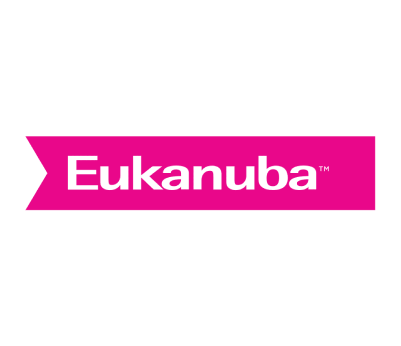
How Can Marketing Teams Prevent False Advertising?
As the vast majority of marketers have no intention to deceive consumers, there are plenty of ways they can avoid the catastrophe of publishing misleading advertising.
Use AI Tech to Reduce Margin for Error
Humans are still required, but they can be far more accurate when using AI proofing and scanning solutions. Cut the risk of going to market with costly errors because you’ve used out of date or unauthorized marketing or product copy. Generate legally approved disclaimers based on criteria set with your Legal team.
Keep Abreast of Regulatory Updates
Compliance guidelines are ever changing, it is critical to stay abreast of all updates and not only apply them to upcoming ads, but review current live content to ensure it’s still within code. Centralizing your content in brand management software makes this an easy process. Built-in tools such that track content and collateral allow you to set periodic reviews for live work and distribute updates in a flash.
Don’t Cut Corners on Approvals
It’s super tempting to fast track content through to meet a deadline, but the consequences of not getting traceable sign offs from senior management and legals is simply not worth the risk. Brand management software takes the hassle out of hassling for approvals. For major conceptual work with big budgets, it’s important to get your legal team’s advice before dropping hundreds of thousands on production and media only to have your ad pulled on day two.
Get the Right Advice
Advertising compliance is not going to go away – in fact it will only become more complex with proliferation of generative AI. Various developers are currently defending themselves against class action lawsuits alleging that they violated copyright, publicity, and privacy rights. It’s important to get ongoing guidance from specialists in the field.
Trust and credibility are two of the most important factors businesses need to attract and retain customers. It takes time and effort to build long-term relationships. Having it washed away due to a false advertising claim, (no matter how innocent), is simply not worth risking. If you’d like to find out how brand management software can benefit you, drop us a line.




